I have a table with some customer purchase data. I would like to know what was the entry time & exit time of the customer in the shop & I have written the below SQL query for that. How can I convert this to python pandas?
SELECT MyTable.*,
LAG(EventTypeID, 1, 0)
OVER ( PARTITION BY ID,Name
ORDER BY Time) AS LastEvent ,
LEAD(EventTypeID, 1, 0)
OVER ( PARTITION BY ID,Name
ORDER BY Time) AS NextEvent
FROM DL.dbo.DataTable MyTable
Input:
+-------------+--------+--------+-------+
| EventTypeID | ID | Name | Time |
+-------------+--------+--------+-------+
| 1 | QWERTY | Joseph | 10.20 |
| 1 | QWERTY | Joseph | 10.25 |
+-------------+--------+--------+-------+
Desired result:
+-------------+--------+--------+-------+-----------+-----------+
| EventTypeID | ID | Name | Time | LastEvent | NextEvent |
+-------------+--------+--------+-------+-----------+-----------+
| 1 | QWERTY | Joseph | 10.20 | 0 | 1 |
| 1 | QWERTY | Joseph | 10.25 | 1 | 0 |
+-------------+--------+--------+-------+-----------+-----------+


